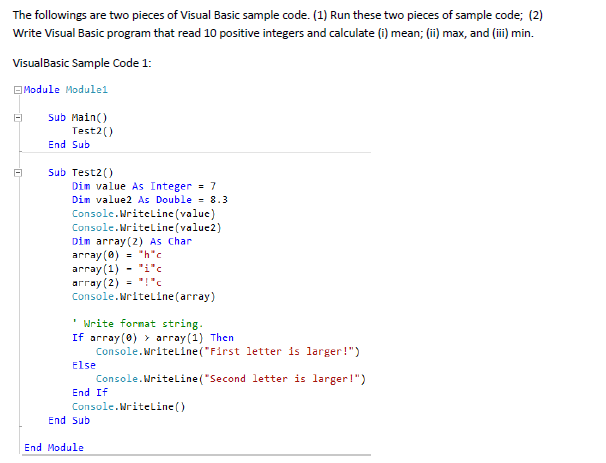


* You can use the FORMATPERCENT function to return an expression formatted as a percentage. * You can use the FORMATNUMBER function to return an expression formatted as a number. * You can use the FORMATDATETIME function to return an expression formatted as a date or time. * You can use the FORMATCURRENCY function to return an expression formatted as a currency value. There is one exception though any dates that fall outside the range 1930 - 1999 will always be formatted with four-digits for there year component regardless of the short date format. * If you convert a Date directly to a string using CStr the resulting string will be formatted according to the "Short Date". * To format strings create your own user defined string formats (eg ?).
#Vb6 format string serial numbers#
* To format date and time serial numbers use date and time formats or numeric formats (eg ?). * To format numbers, use predefined named numeric formats or create user defined formats (eg ?). If you use the CStr() function then this leading space is retained. * If "expression" is a positive number and "format" is left blank, there is no leading space reserved for the sign. * The "format" argument can either be your own format or it can be one of the built-in named formats. * If "format" is left blank, then it behaves exactly the same as the CSTR function. (Optional) A vbFirstWeekOfYear constant that specifies the first week of the year (Integer):ġ = vbFirstJan1, the week containing Jan 1st ( default)Ģ = vbFirstFourDays, the first week containing 4 days (Optional) A vbDayOfWeek constant that specifies the first day of the week (Integer): "General Date" (uses short date + short time) (Optional) A valid named format or user defined format expression (String): Returns the text string of a number or date in a particular format (String). This is how we can use the string Format() method to insert format items into the given string and replace those items with their respective values in a visual basic programming language.FORMAT(expression ) For example, we are passing the decimal value as 75674.73789621. Following table lists the different type of custom formats which we can use to format the strings. In visual basic, we can also use the custom formats to format the string. The following table lists the different types of number formats available in visual basic to format the given numerical values. Generally, the Date/Time formats depend on the user locale so the output may be different. The following table lists the different types of date-time formats available in visual basic to format the given date-time values. The following tables lists the different types of formats available in a visual basic programming language. In visual basic, we have different formats to format the object values using the Format() method. If you observe the above result, we formatted the given item values using the Format() method based on our requirements. When we execute the above visual basic program, we will get the result as shown below. Dim s As String = "Name: based on our requirements.


 0 kommentar(er)
0 kommentar(er)
